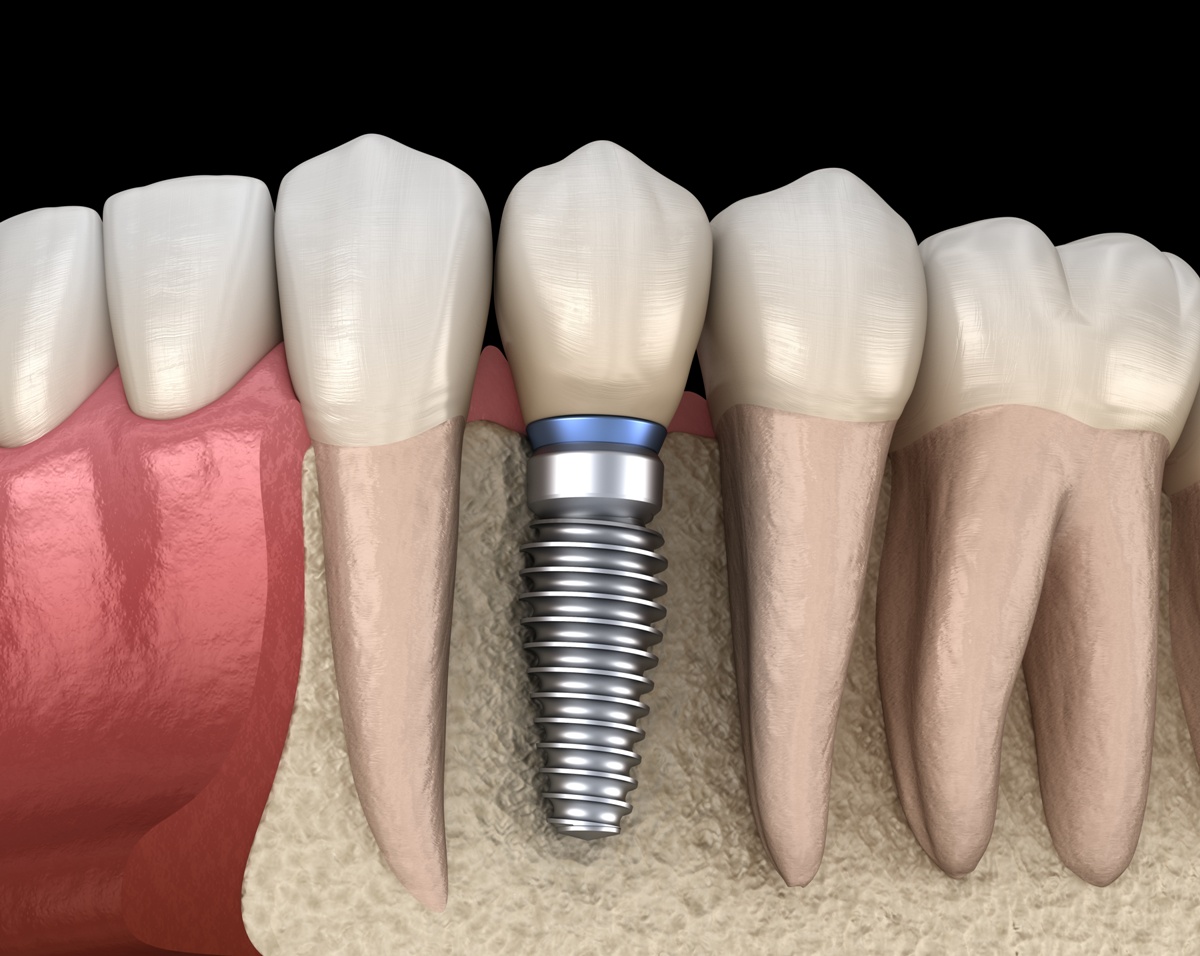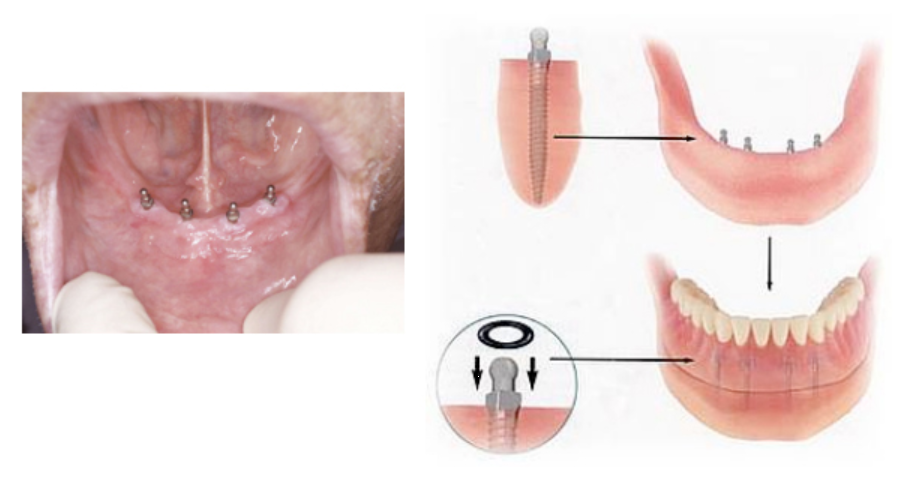Where to find us?
Rue des Boudine 15
1217 Meyrin
Business hours
Mon : 09:00 - 18:00
Tue - Fri : 08:00 - 18:00
Sat : 10:00 - 16:00
Where to find us?
Rue des Boudine 15
1217 Meyrin
Business hours
Mon : 09:00 - 18:00
Tue - Fri : 08:00 - 18:00
Sat : 10:00 - 16:00


The position of the teeth in a mouth depends on several organs such as for example the presence of adjacent and antagonistic teeth, the transseptal dental ligaments (linking the teeth together) and the general muscular forces in the mouth (tongue, cheek, etc.)
If a missing tooth is not replaced, dental displacements will therefore take place in the mouth resulting in orthodontic, functional, aesthetic and physiognomic problems.
If several missing teeth are not replaced, the masticatory load will then concentrate on the remaining teeth thus causing wear and tear on them, but also other relative consequences such as disorders in the temporo-manidibular joint and anatomical changes such as the enlargement of the tongue. Perioral wrinkles can be accelerated with an older facial appearance.
The dental implant is the revolutionary solution to the replacement of missing teeth. It is made up of 3 parts: a biocompatible structure composed entirely of titanium screwing into the bone (mimicking the role of a dental root), a ceramic crown integrating aesthetically and naturally with the gum and neighboring teeth, and a device that binds the implant in the bone to the crown.
The operation is performed under local anesthesia (similar to that used for caries care), in the least invasive way possible and as brief as possible in order to promote healing in optimal conditions and to avoid postoperative discomfort as much as possible.
The practitioner begins by carrying out a clinical and radiological examination in order to establish an individual planning for the placement of the implant. Surgical implant placement follows. About 3 months of osseointegration (bone healing around the implant) are necessary before the final crown is placed. We work exclusively with Swiss Straumann implants recognized worldwide for their distance and for their numerous citations in scientific literary journals. Dental implants are not only used to support a ceramic crown, but can also be the mainstay of a dental bridge when several adjacent teeth are missing (thus minimizing the number of implants to be placed).
Another indication for dental implants is that of the attachment of a removable dental prosthesis ("denture"). The problem that can arise with dental prostheses is the lack of retention and stability thereof. Dental implants can then support the device in the mouth so that it is no longer mobile, and even transform it into a fixed prosthesis: the removable prosthesis then becomes a fixed prosthesis and satisfies many patients.

Mini implants are also an alternative to improving the quality and comfort of a device. They are indeed ideal for patients seeking a solution between conventional prosthesis and complete rehabilitation on implants. This particularly when the patient suffers from a lack of stability and hold of his prosthesis, for example in the case of a significant lack of alveolar bone. The advantages of mini implants are numerous: